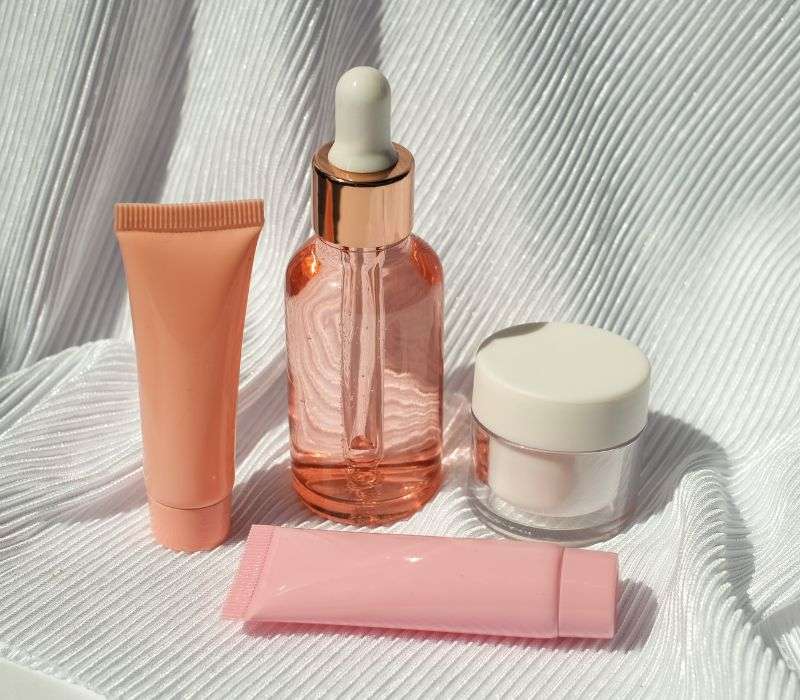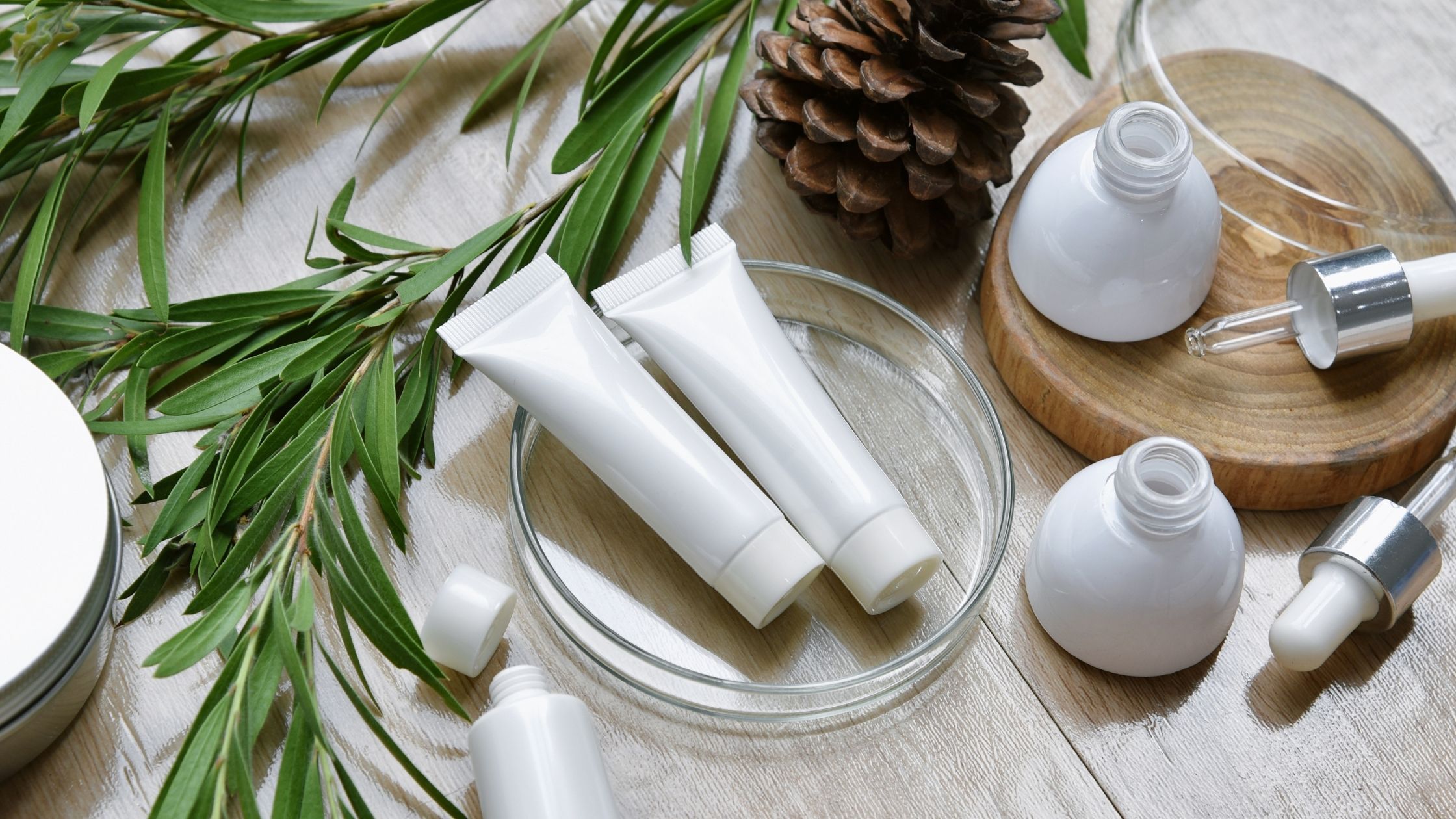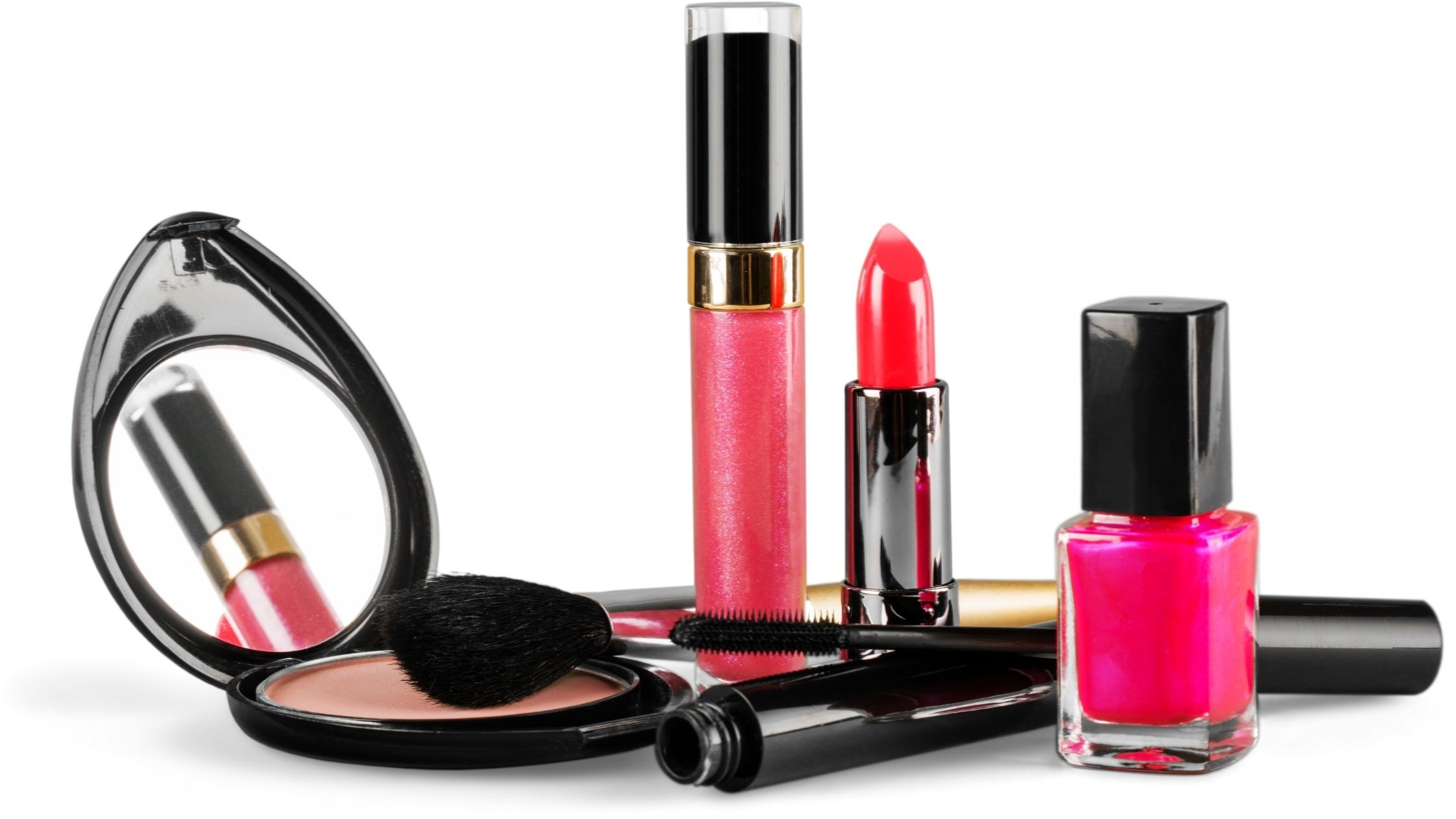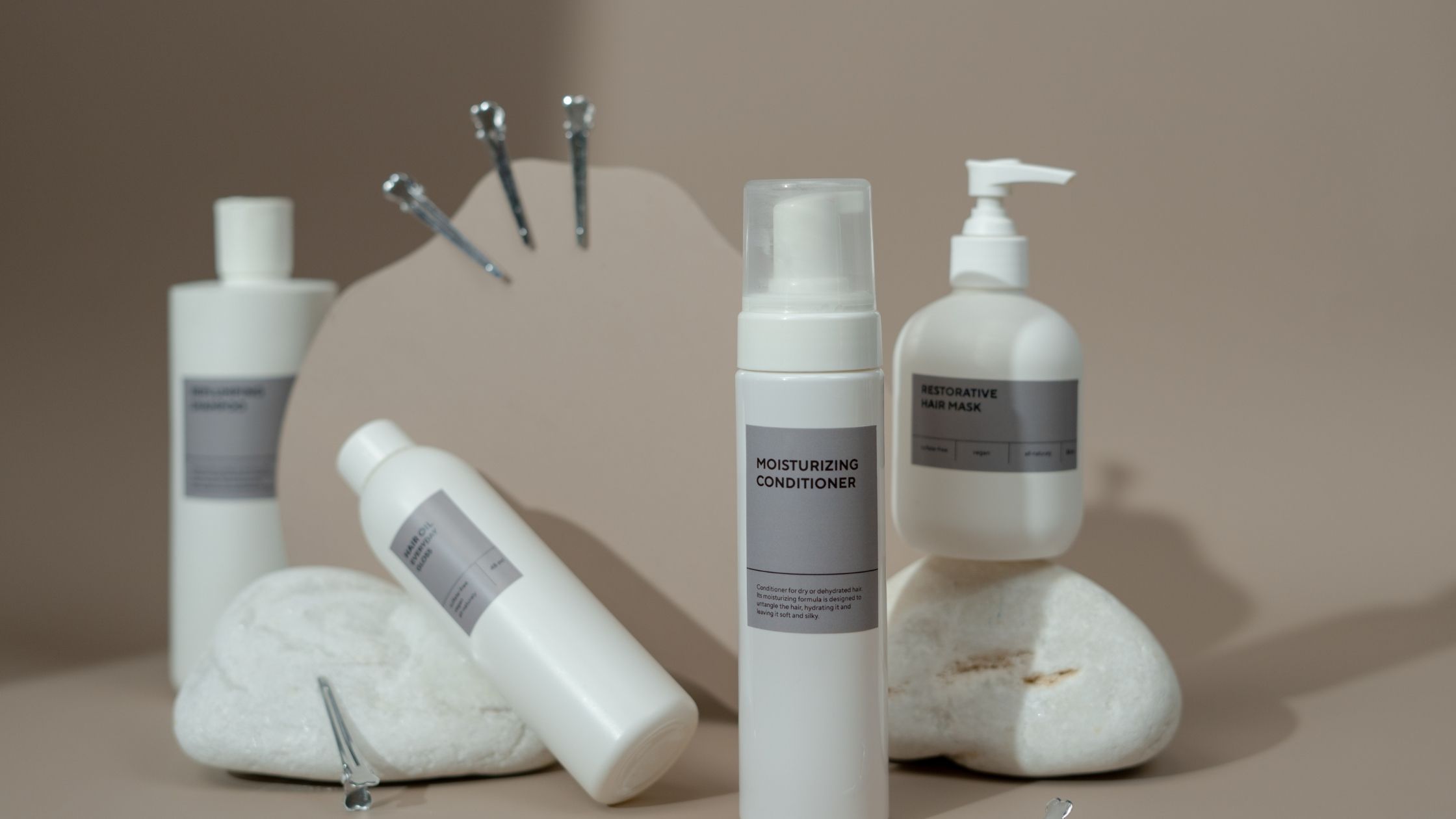

Mar 17,2023
When it comes to the packaging of a product, we see that the packaging is quite an essential part of the product. Even before we get to use a product or make any views regarding it, the first thing that we get to see is the product's packaging which helps us decide whether we should buy the product or not. It is not wrong to when packaging speaks a lot about the product, but it is also a protective cover for the product. The same packaging also serves the purpose of having all the written details related to the product's information. Thus, one can consider it more like an advertisement for your product, whether it is in the form of a gel or any other product that needs packaging.

When we pay attention to the insights of the futures market, we see that the cosmetic tube increase the personal care applications represent a large segment of the products that are using tube packaging to give packaging for the cosmetic products that they give. These tube packaging are considered an excellent way of packing these products. Because not only does tube packaging offer an excellent way of packaging cosmetics, but there are also various other benefits that they serve. Some of the main benefits f using these tube packaging methods are:
When it comes to the reduction of cost, cosmetic tube packaging is considered one of the most important types of business decision that one could make, not only because of the ease and convenience that they bring along but also because of the fact that they are a cost-effective solution that is highly useful for the reactive brands that are seen to be constantly engaging in bringing out new products that are in line with the new trends in the market. They are also useful because they c produced quickly, in low amounts, and the bulk quantities
One of the main benefits of using tube packaging for the packaging of cosmetics is the fact that they bring versatility to packaging. Whether one chooses an extrude plastic tube that could be squeezed or one goes for a general type of tube that could be used in various industries as well to provide packaging to the cosmetic items. These laminated, squeezable tubes are highly preferred used for the materials like toothpastes and body and hair creams. In contrast, aluminum tubes are preferred for paints, colors, dyes, adhesives, foods, etc. thus. One can look for the material that can go best and the product they are planning to use it for.

Along with the choice of the type of tube that you can select for your makeup product, one can also get a variety of the types of lids that they can choose according to their requirement. There is an option of flip lids, screw top lids, brush tips, roller balls, etc. All these types of lids are selected based on the kind of product they are used for.
These tubes are also considered ideal because of the fact that along with the packaging of your product, these tubes also allow you to make the most from your product as not only one can fill the precise amount, but one can also squeeze out the product till the last drop as well this would help prevent the wastage of the product and also it would help reduce the waste. It is further used as an environmentally friendly option because the raw material used to make these tube packaging is of various types and is made from environmentally friendly material, like bagasse.

These solutions for packaging are considered an ideal option for your liquid cosmetics as not only do they provide a solution for packaging, but they are also regarded as significant because of the fact that they can protect the product with the help of a secure lid and sturdy exterior acts as an effective barrier against contaminants light, air or other substances.
Read more:
Everything You Should Know About Packaging With Sugarcane Fiber Tube